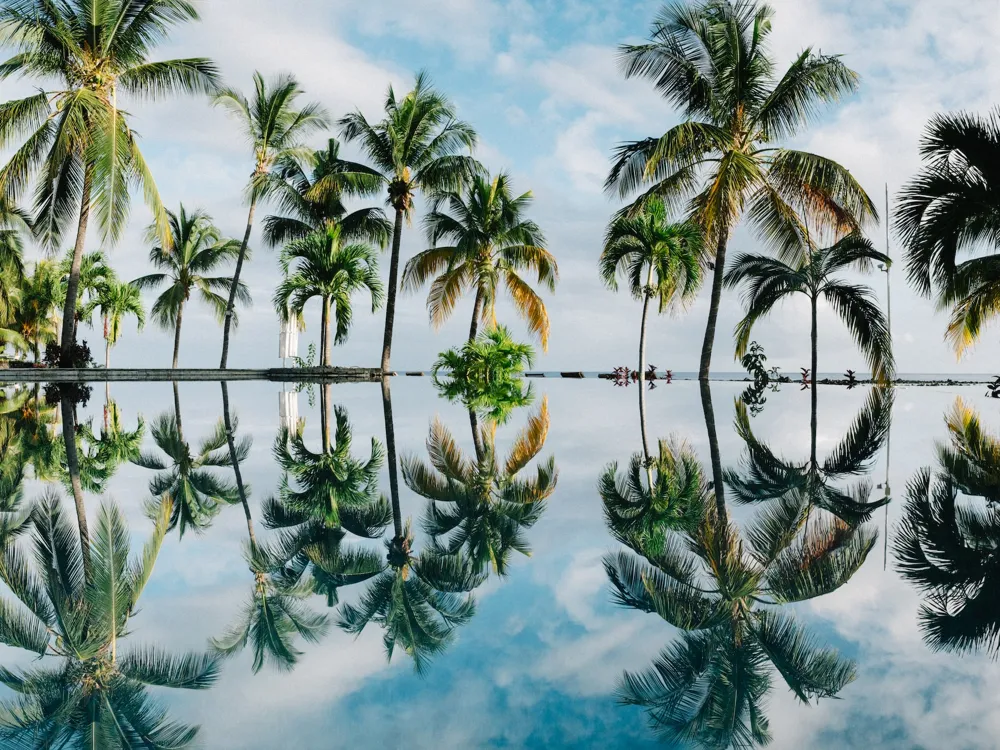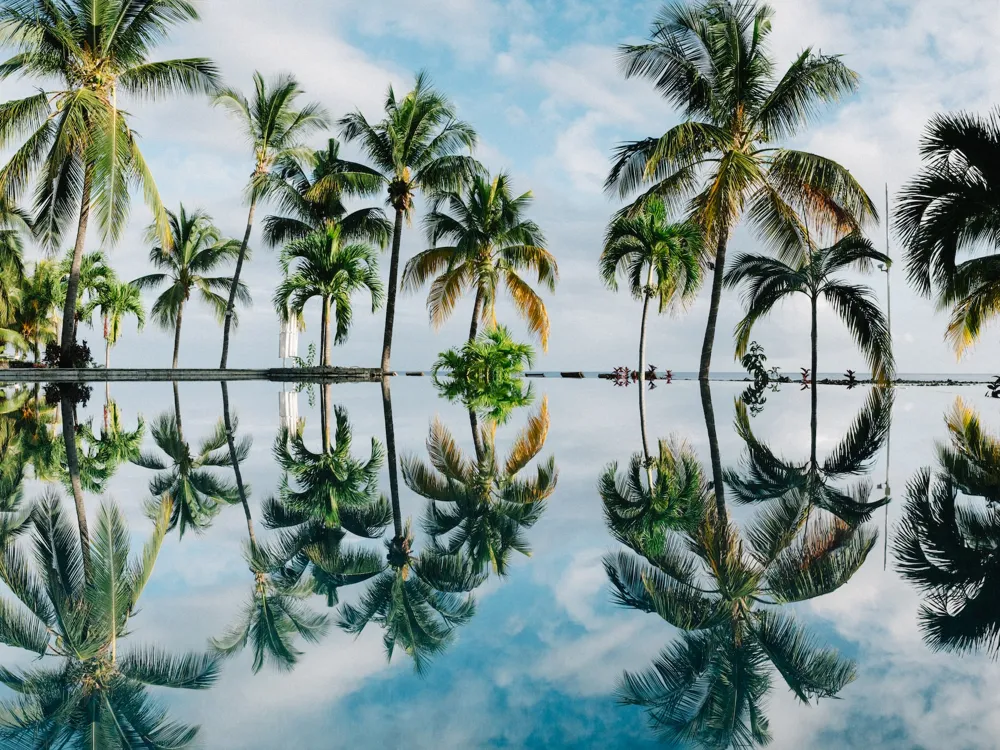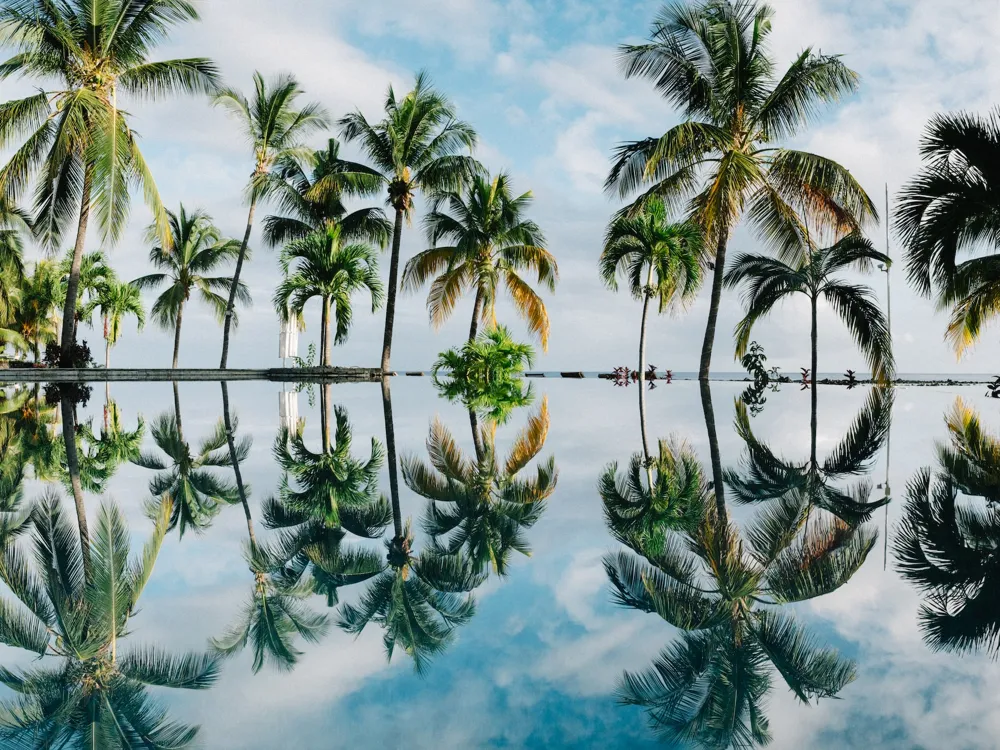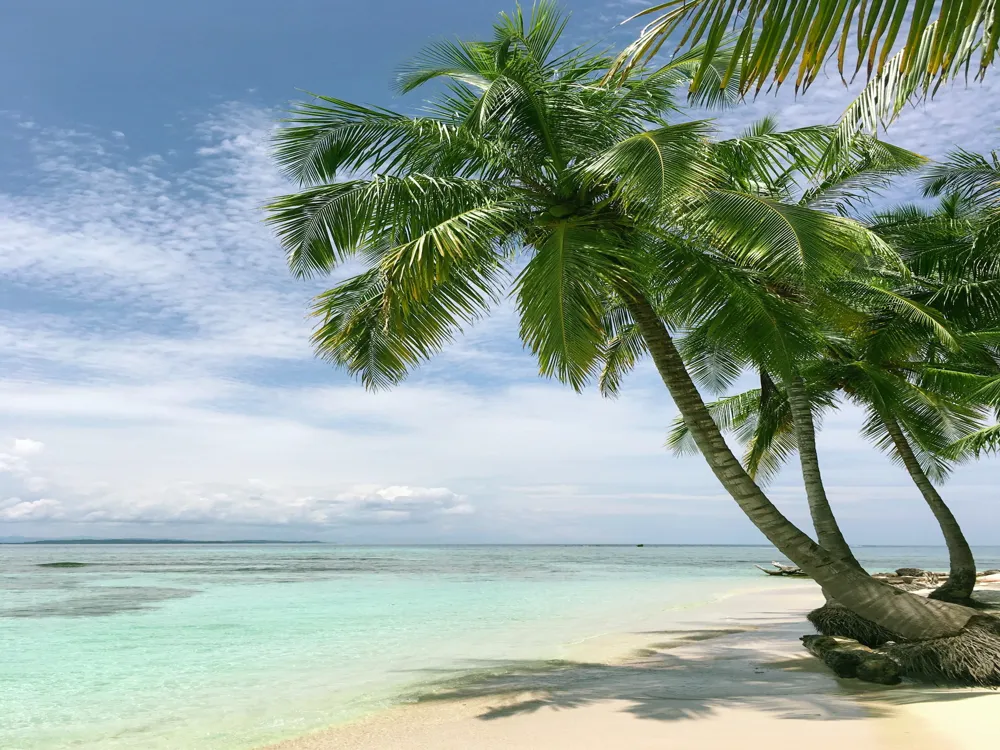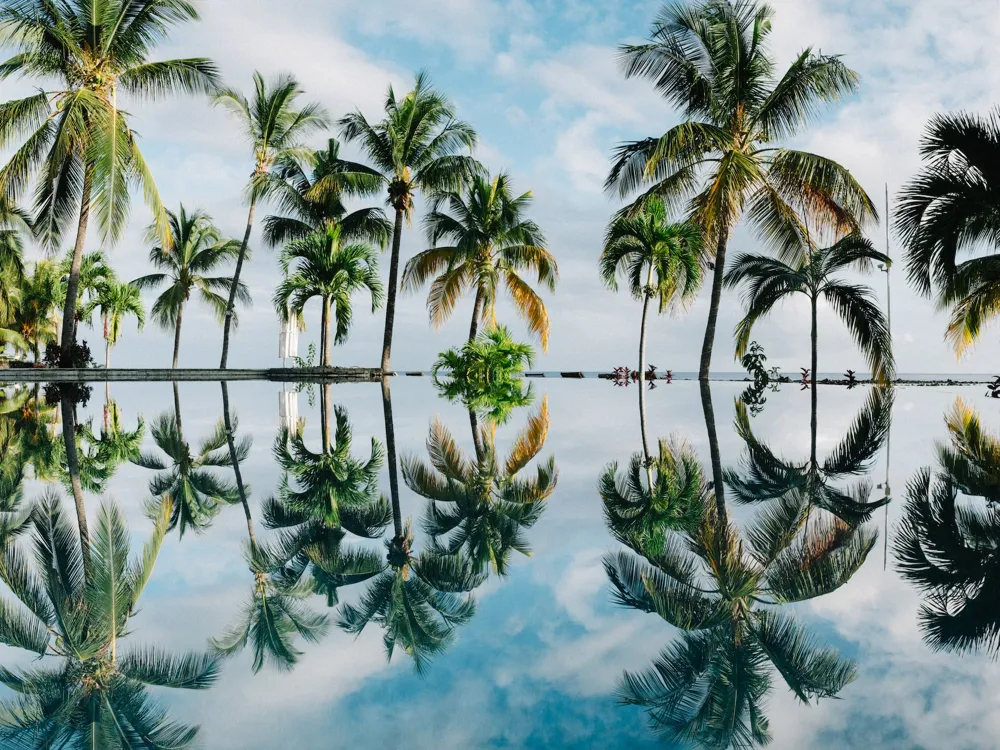Le Morne Brabant, located on the Le Morne Peninsula in Mauritius, stands as a towering beacon of the island's rich history and stunning natural beauty. This UNESCO World Heritage Site, known for its iconic, monolithic mountain, is not just a scenic wonder but also a symbol of the island's tumultuous history, particularly as a refuge for runaway slaves. The mountain's rugged cliffs, surrounded by crystal-clear lagoons and lush vegetation, offer a breathtaking panorama that encapsulates the essence of Mauritius' diverse landscapes. The history of Le Morne Brabant is deeply intertwined with the painful legacy of slavery in Mauritius. During the 18th and early 19th centuries, escaped slaves, known as 'Maroons,' sought refuge in the mountain's caves and on its summit, forming small settlements. The mountain provided a natural fortress, offering protection and a vantage point to watch for incoming threats. It is a place of mourning and remembrance, symbolizing the fight for freedom, resilience, and human dignity. The biodiversity of Le Morne Brabant is as impressive as its historical significance. The mountain and its surroundings are home to a rich array of endemic species, including rare plants and birds. The lush forests that blanket its slopes are a haven for nature lovers and provide a glimpse into the pristine ecosystem that once covered much of Mauritius. Le Morne Brabant is not only a natural wonder but also a cultural icon. It has become a symbol of the Mauritian people's struggle against slavery and their quest for freedom. The site is a place of pilgrimage for many, and its story is an integral part of the island's cultural heritage, often featured in local art, literature, and folklore. The architectural landscape of Le Morne Brabant is a fascinating blend of natural and human-made elements. The mountain itself, with its impressive basaltic rock formation, has been shaped by centuries of erosion, giving it a unique and rugged appearance. Around its base, the architecture is a testament to the island's colonial past and its blend of African, European, and Asian influences. The traditional architecture in the Le Morne area includes Creole houses, which are a hallmark of Mauritian cultural identity. These structures, characterized by their vibrant colors, large verandas, and steep roofs, reflect the island's tropical climate and multicultural heritage. Many of these homes have been preserved and restored, providing a glimpse into the island's colonial-era lifestyle. In recent years, Le Morne Brabant has seen the development of modern resorts and hotels that blend seamlessly with the natural landscape. These contemporary structures are designed with sustainability in mind, utilizing local materials and traditional techniques to minimize their environmental impact while offering luxury and comfort. Recognizing the importance of preserving its unique landscape and architecture, Mauritius has implemented conservation efforts in and around Le Morne Brabant. These initiatives aim to protect the mountain's natural beauty and its historical and cultural significance, ensuring that it remains a cherished landmark for future generations. The best time to visit Le Morne Brabant is from May to December when the weather is cooler and drier. This period offers the most comfortable conditions for hiking and exploring the area. Visitors should bring comfortable hiking shoes, sun protection, plenty of water, and a camera to capture the stunning views. It's also advisable to carry some snacks for energy during the hike. Consider joining a guided tour for a more informative experience. Local guides can provide insights into the mountain's history, flora, and fauna, enhancing your visit. Visitors should remember that Le Morne Brabant is not only a natural wonder but also a site of historical significance. It's important to respect the area by following designated paths and not disturbing the wildlife or vegetation. There are various accommodation options near Le Morne Brabant, from luxury resorts to more modest lodgings. Booking in advance is recommended, especially during peak tourist seasons. Le Morne Brabant is accessible by road from major cities in Mauritius. Visitors can rent a car, use public transport, or book a taxi to reach the site. The closest airport is Sir Seewoosagur Ramgoolam International Airport, located about an hour's drive from Le Morne. Read More:Overview of Le Morne Brabant, Mauritius
Historical Significance
Flora and Fauna
Cultural Impact
Architecture of Le Morne Brabant
Traditional Mauritian Structures
Modern Developments
Conservation Efforts
Tips When Visiting Le Morne Brabant
Best Time to Visit
What to Bring
Guided Tours
Respecting the Site
Accommodation Options
How To Reach Le Morne Brabant
Le Morne Brabant
Le Morne Peninsula
Mauritius
₹ 24,899 onwards
View mauritius Packages
Mauritius Travel Packages
View All Packages For Mauritius
Top Hotel Collections for Mauritius

Private Pool

Luxury Hotels

5-Star Hotels

Pet Friendly
Top Hotels Near Mauritius
Other Top Ranking Places In Mauritius
View All Places To Visit In mauritius
View mauritius Packages
Mauritius Travel Packages
View All Packages For Mauritius
Top Hotel Collections for Mauritius

Private Pool

Luxury Hotels

5-Star Hotels

Pet Friendly







